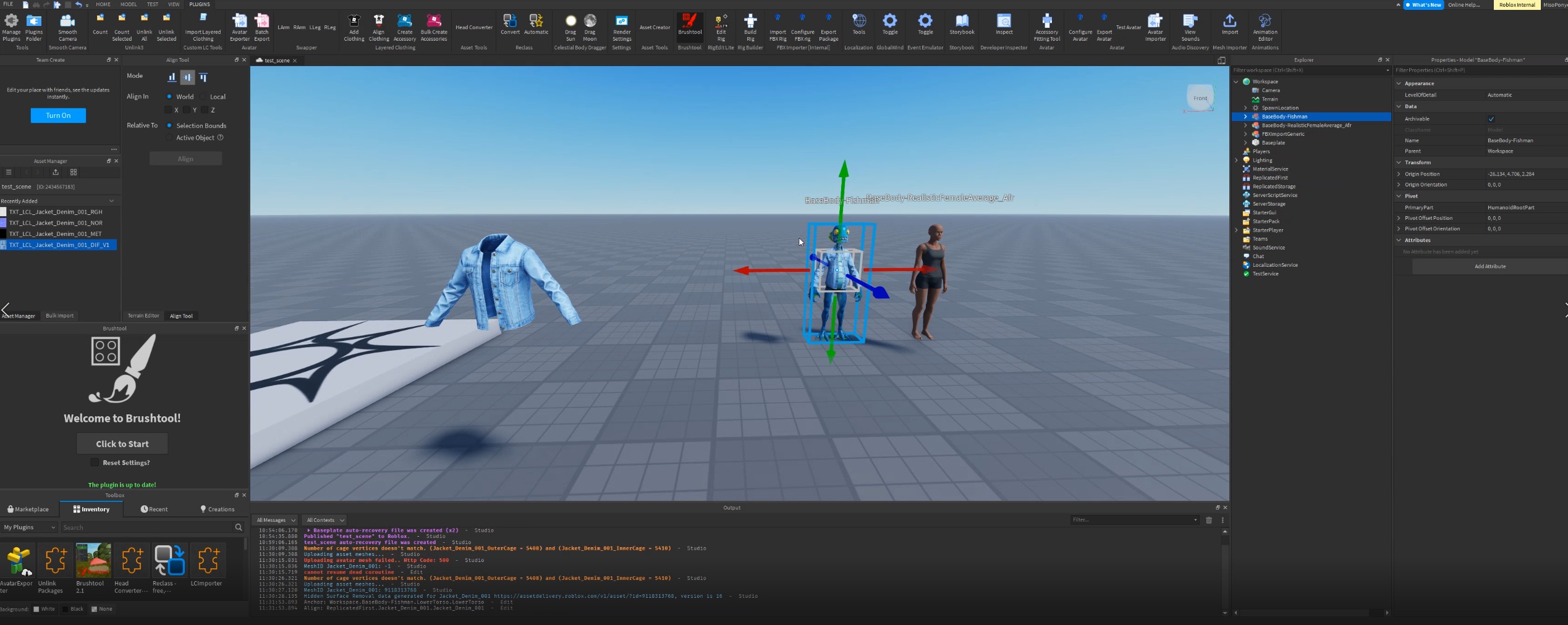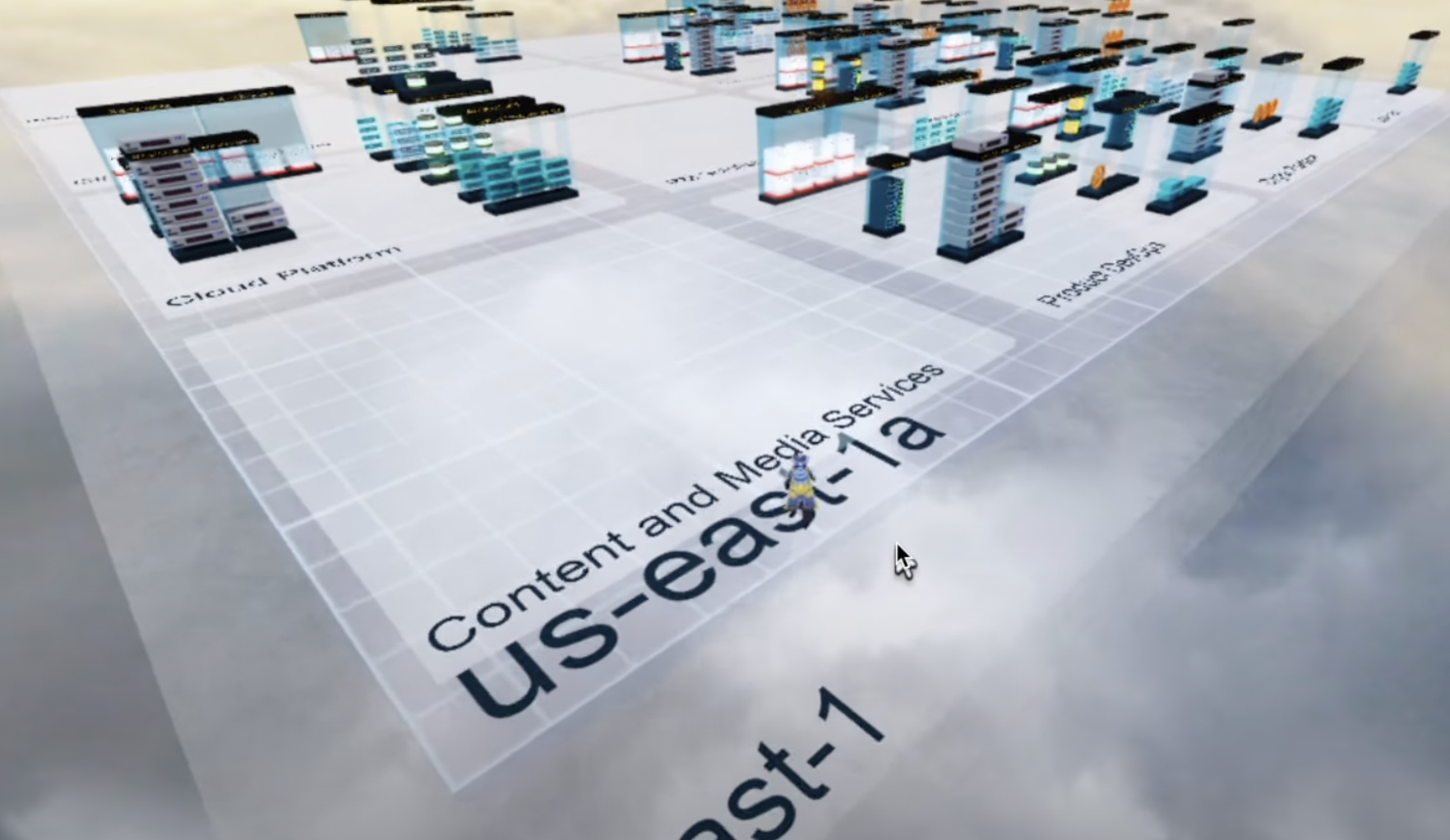When I spoke to Roblox in 2020, the company was in the midst of rebuilding its entire underlying infrastructure. It had been running into issues with downtime due to insufficient resources to meet demand and needed to build a modern, cloud-native system to handle its growing user base.
But beyond the nuts and bolts of that system rebuild, Roblox had some ideas for their developer users as well. The gaming platform was also looking at its developer tool set and how it could prepare for a world where the venerable web browser was no longer its main delivery mechanism.
Roblox aims to democratize game development, letting its users build games regardless of their technical skill. You could be a 10-year-old in Peoria or a team of professional game developers in Tokyo — whatever your skill level or motivation, the idea is to provide a platform where people can build games.
But the company believes that the Roblox platform could have more uses and is building a new approach to accommodate the required flexibility while keeping it easy to use. By hiding the underlying complexity from less experienced developers and building a flexible new system for more technical users, Roblox is looking to move beyond games into other experiences like virtual concerts, commerce and more creative approaches.
“We look in some ways like a very specialized cloud provider, and our community comes in and builds all this stuff on top of it.” Dan Sturman, CTO, Roblox
We recently caught up with Roblox CTO Dan Sturman to get an inside look at how this project is coming together, the challenges of building a tech stack for the masses and the company’s foray into virtual currency.
Rethinking the tool set
While the terms “web3” and “metaverse” get tossed around quite often these days, especially when talking about a social gaming platform with a monetization engine, Roblox wants to avoid the jargon. Instead, the company wants to build a flexible platform that moves content seamlessly across device types, whether it’s phones, headsets or desktop computers.
“Metaverse is a term that’s been blown up and overused and it’s non-specific. But I tend to go back to these two core elements: 3D and social. There’s so many interesting things you can do when it’s a 3D environment. It’s within a collaborative sort of mode with some group of people — your friends, your colleagues, people with the same interests, whatever that is. Those two coming together, I think, have a ton of power behind it,” he said.
Sturman says that one of the challenges his company faces is that unlike other game engines, Roblox needs to be adaptable in ways that big, vertically integrated platforms don’t have to worry about.
“When you compare Roblox to traditional gaming companies, they build these big, vertically integrated experiences where everyone knows what the next game is going to be. And they sit down from the lowest-level plumbing to the top-level graphics and artists, and they kind of build that together,” he said.
That’s the opposite of how Roblox works, where there is no single way of doing things, and its tech stack has to reflect and embrace that. “We look in some ways like a very specialized cloud provider, and our community comes in and builds all this stuff on top of it. So building a development stack is really important, because we can’t vertically integrate. We have no idea what they’re going to build. In fact, our success is usually based on the fact they build stuff we never would have imagined,” Sturman explained.
The next wave
To support the unprecedented approaches to building its users take, Roblox wanted to have a set of APIs that developers could tap to handle different aspects of game development and not have to build these pieces from scratch. The company also wants to make it as easy as possible for developers to build a game once and have it run on any device.
“We have this thing we call the universal app, which is our take on it. But the idea is that there is one app you are building for, and one set of APIs. It runs on all the devices, from VR to your mobile phone. In essence, we have to do the work in the back end to translate [depending on the device], because obviously, the translation is very different, but we need to make that happen and not put that onus on the developer,” he said.
The company also has a tool called Roblox Studio, a desktop app for developers, that provides a single place to access all of the platform’s APIs. It’s got APIs like automated translation, data stores to simplify storage of any data type and automated server allocation.
In addition, the company has built a language for game developers, called Luau. “In addition to constructing 3D objects and environments, developers on Roblox can script complex behaviors into their virtual experience with Luau. Within Roblox Studio, developers also have access to a modern script editor, which supports autocomplete, debugging and the ability to emulate the Roblox Client running on supported devices,” Sturman explained.

Creating layered clothing in Roblox Studio. Image Credits: Roblox
The company open sourced this language last year.
The idea is to do as much as possible for the developers while giving them room for more sophisticated applications when needed. It is, in some ways, very much like serverless development, enabling developers to do what they do without worrying about the resources and services to get it done.
“You build your experience, and we scale it for you on the data side and on the compute side. We figure out where you run geographically. We even do things like start to automatically translate your experience for you [ … ] It is very much like serverless on steroids. We’re providing all this, and the developer just doesn’t have to worry about it,” Sturman said.
While Roblox is still evolving the system and working to bring its full vision to life — a process that could take up to 18 months — Sturman says some of this is in place already.
Moving beyond games
Sturman indicated that the company has seen a number of applications beyond gaming as it built the tooling. He says the 2D web world won’t necessarily go away, but there will be experiences where 3D is just more interesting.
“The brand/shopping experience in 3D seems [like it could be] much more engaging, exciting than a traditional, ‘Here’s my website,’ for example.” He says the fact that you can move around in 3D and feel immersed in it could offer a better experience in certain use cases.
One example of a company building a 3D community on Roblox is Gucci, which has a virtual Gucci Town shopping experience on the platform.
The band Twenty One Pilots has been experimenting with offering live shows on Roblox, too. There’s proven demand for some of that, as Fortnite showed with its in-game concerts.
Perhaps the most unique implementation has been the 3D visualization of a company’s AWS instances in 3D space that a developer built to review the firm’s usage of the cloud infrastructure platform.

The immersive 3D view of a company’s AWS instances. Image Credits: Scott Beaudreau
When it comes to virtual currency, Roblox has its own already in Robux. Sturman says the company is exploring how to move forward with virtual currency with the understanding that it will always be tied to some fiat currency. (Minecraft’s Mojang is working on related matters, in a decidedly non-web3 setup.)
Regardless of how the company ultimately implements virtual currency, Sturman sees a need for a way to bridge the digital and physical worlds, especially as virtual commerce use cases like Gucci’s become more popular. If you buy a virtual item, how does that eventually translate into a physical item in the real world?
Sturman sees some interesting possibilities arising from building a bridge between virtual items and physical items for shopping. As an example, he said there could be an open standard involving blockchain-backed contracts, which users could interact with for a host of reasons and have a translation back and forth between real goods and their digital equivalents.
Regardless of how it comes together, the company is building the platform to accommodate a variety of use cases and will integrate it with machine learning to speed up development.
“What we see in the future for Studio is the 3D developer stack becoming dramatically more powerful with the introduction of MLI-driven deep learning creation tools. These should make the creation of everything from 3D objects, to world templates, to script coding far faster and more approachable for any would-be creator.”
